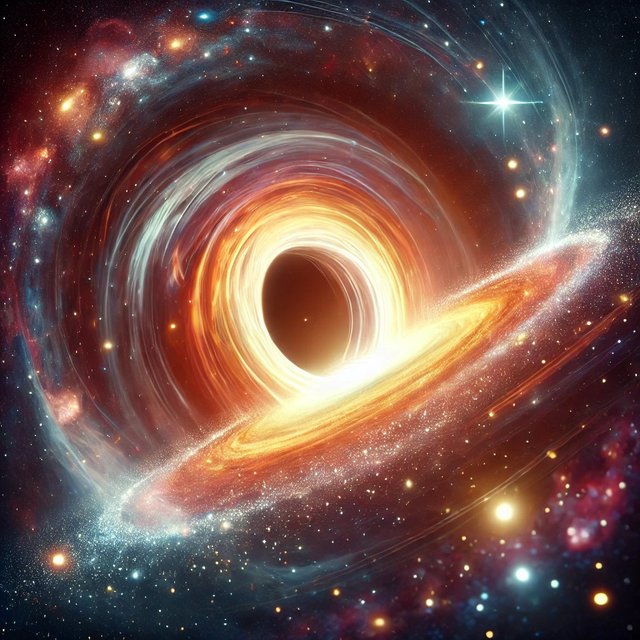
What Are Wormholes?
Wormholes are theoretical passages through space-time that could connect two distant points in the universe. They are often described as shortcuts, allowing travel between far-off places faster than light could. Wormholes are a fascinating concept in science and science fiction, but they remain purely theoretical.
The Concept of Space-Time
To understand wormholes, we first need to understand space-time. According to Einstein’s theory of relativity, space and time are connected, forming a four-dimensional fabric called "space-time." Massive objects like stars and planets bend this fabric, creating gravity. A wormhole is thought to be a tunnel through space-time, linking two different regions.
How Wormholes Work
Wormholes are often visualized as a tunnel with two ends, each opening in different parts of space or even different times. Here’s how they are theorized to work:
- Two Points in Space-Time: Wormholes connect two separate locations in space-time.
- Shortcut Through Space: Instead of traveling the long way around, you could pass through the wormhole and reach your destination much faster.
- Two-Way Travel: In theory, some wormholes might allow travel in both directions.
This idea could revolutionize space exploration by enabling intergalactic travel within human lifetimes.
Are Wormholes Real?
So far, wormholes only exist in theory. Scientists have not found any evidence of natural wormholes in the universe. However, their possibility is supported by Einstein’s equations in general relativity. Some believe that wormholes could be created or stabilized using exotic matter, a type of matter with unusual properties.
Challenges of Using Wormholes
Wormholes sound exciting, but there are many challenges to making them a reality:
- Stability: Wormholes may collapse too quickly for anything to pass through.
- Exotic Matter: To keep a wormhole open, exotic matter with negative energy might be required, which we currently do not have.
- Energy Requirements: Creating or stabilizing a wormhole would require an immense amount of energy, far beyond our current capabilities.
Wormholes and Time Travel
One of the most intriguing ideas about wormholes is their potential to allow time travel. If one end of a wormhole is moved at near light speed, time could pass differently at each end, creating a time machine. However, this idea leads to paradoxes, such as the possibility of changing past events, which scientists have yet to resolve.
Quick Facts About Wormholes
- Wormholes are also called "Einstein-Rosen Bridges."
- They could connect not just places but also different times.
- No natural wormholes have been found yet.
Wormholes in Science Fiction
Wormholes are a favorite topic in science fiction. Movies like Interstellar and TV shows like Star Trek have explored wormholes as a means of traveling vast distances. While these depictions are imaginative, they are inspired by real scientific theories.
The Future of Wormhole Research
Scientists continue to study the possibility of wormholes through advanced theories in physics. While they remain a fascinating idea, we are far from turning them into reality. Still, the study of wormholes helps us better understand space, time, and the limits of human exploration.
Conclusion
Wormholes are a captivating concept that bridges science and imagination. They offer the possibility of faster-than-light travel and new ways to explore the universe. While they are still theoretical, studying them expands our understanding of the cosmos and what might one day be possible.